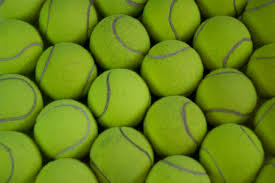There are few things more patriotic than a fireworks display. As we watch, we don’t often pause to think about the math that goes into this entertaining event. Dedicated professionals study the math behind fireworks to ensure our safety and satisfaction. Read more here or here.
We Use Math Blog

Premature births lead to lower mathematical ability
In studies done on babies that were born prematurely, it was found that as children, they struggled mathematically. This can lead to financial problems in adulthood because of decreased numerical abilities that create difficulty when making personal financial decisions. What can be done to help these premature babies as they reach adolescence to better prepare them for the future? Read more here.

Mathematical Model for Directional Hearing in Animals
Being able to locate the source of sound is a skill that humans employ based on the difference in the amount of time the sound waves take to reach each ear. For smaller birds, reptiles and mammals, the distance between the ears is too small to base sound location off of the same strategy. Mathematicians from the Technical University of Munich have used a model to show how these animals compensate for this. Read more about this here.

A New Wave in Math
The first equation to successfully represent waves was made in the 1700s. Now, hundreds of years later, new research has surfaced on the topic. One question that researchers Biondini and Mantzavino attempt to answer in their new paper is, “what happens when a wave has small imperfections at its origin?” Read more about this new wave of mathematical research here!

How many ways can you arrange 128 tennis balls?
How many ways can you arrange 128 tennis balls? The answer is about 10^250, also known as ten unquadragintilliard. This number exceeds the total number of particles in the universe! Find out more about how researchers solved this problem here!
